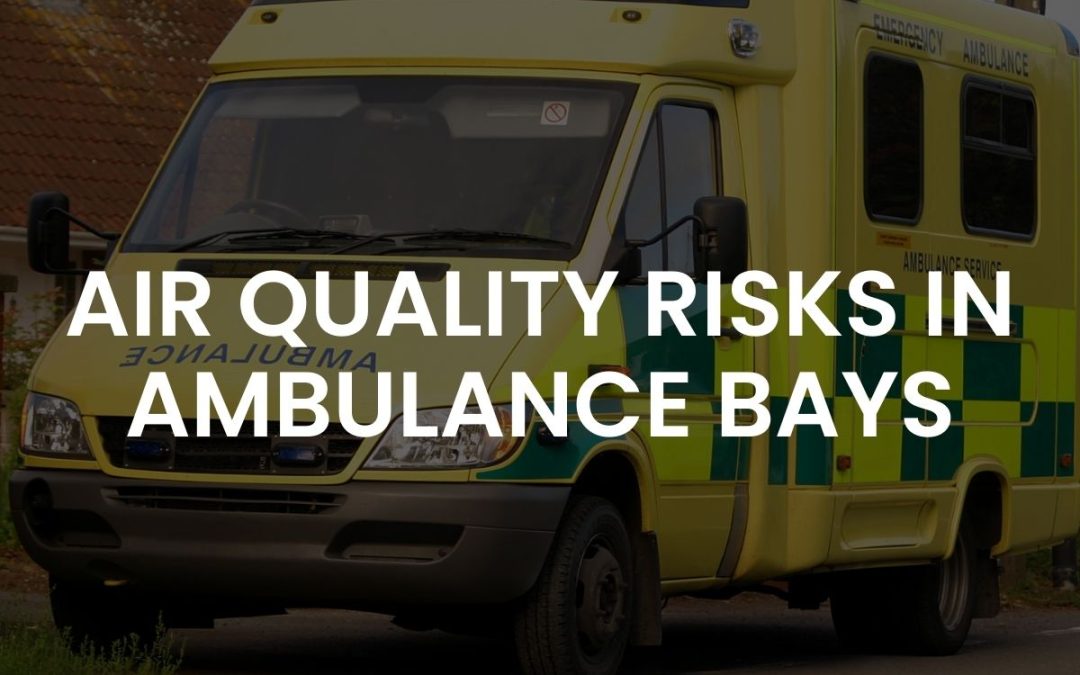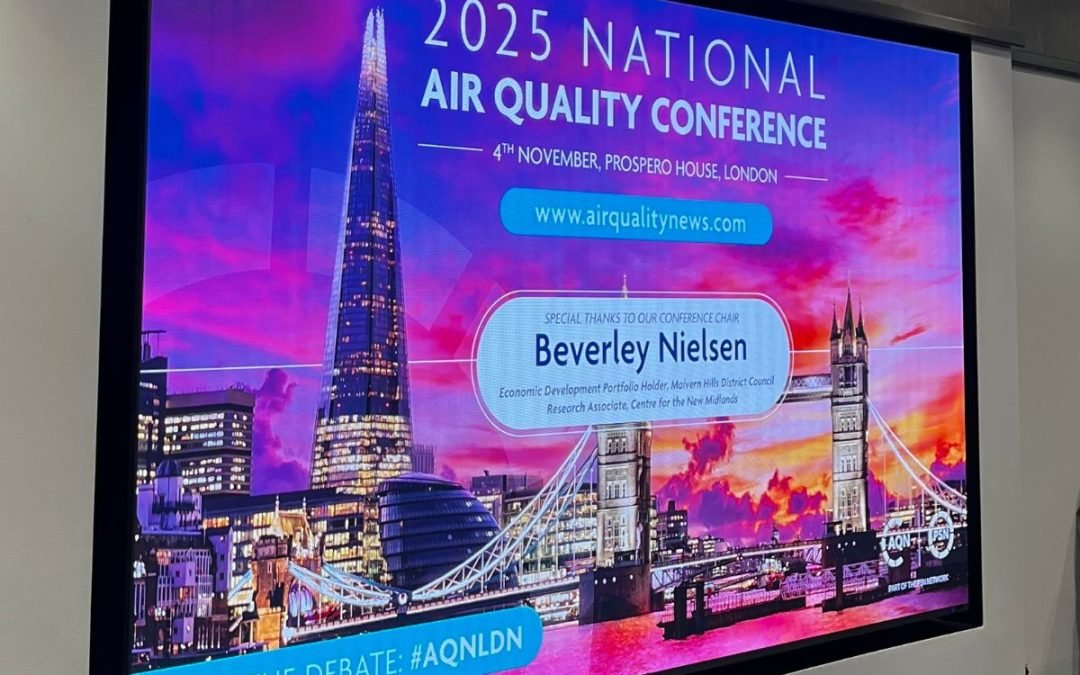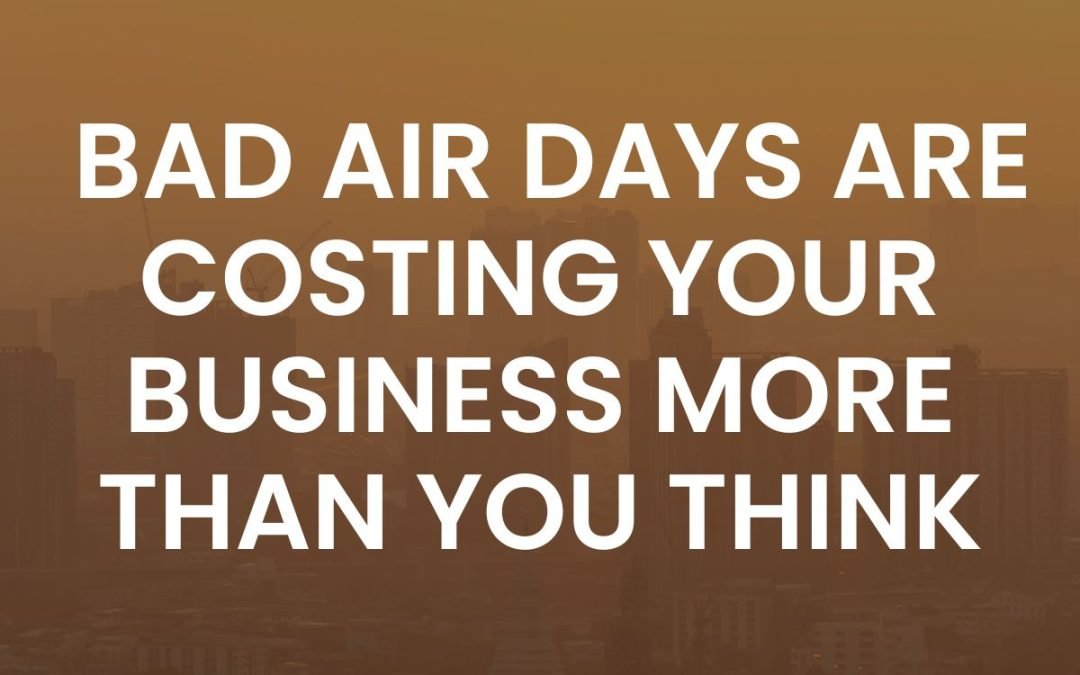When it comes to air quality, averages don’t tell the whole story. Relying solely on mean, or average, pollution levels can be misleading, obscuring the true risks to our health. We already covered some of these in our previous article on The Science Behind Short-Term Pollution Exposure.
It’s time to pull back the curtain and reveal the dangers lurking behind averages.
1. Masking Short-Term Spikes
Imagine a city with a “moderate” daily PM2.5 level. Seems sort of acceptable, right? But what if that average is hiding dangerous hourly spikes during rush hour traffic? These brief but intense exposures can trigger acute health effects, especially for vulnerable populations.
By smoothing over these short-term spikes, daily or annual averages can give a false sense of safety, leaving us blind to the real risks we face.
Another way of thinking about this when you are driving. If you start flying down the road at 55mph but when pulled over by the police you argue your average speed was under 30mph they aren’t going to take you very seriously. Those short bursts of speeding pose a risk to yourself and other people on the road.
2. Obscuring Local Variations
Citywide or even neighbourhood-wide averages can also mask the stark differences in air quality that might be experienced at street level. A low-income community near a busy highway or construction site may experience pollution levels far higher than the city average, putting certain residents at greater risk.
Averaging across a large area ignores these local hotspots, failing to protect those most vulnerable to the health impacts of air pollution.
3. Ignoring Pollutant Interactions
In reality, air pollution is a complex mixture of many different substances, each with its own health impacts. But focusing on averages of individual pollutants can miss the bigger picture of how these compounds interact.
A recent study found that exposure to both PM2.5 and NO2, even at levels below their individual guidelines, can lead to a greater risk of hospitalisation due to respiratory issues than exposure to either pollutant alone.
By ignoring the synergistic effects, average-based air quality assessments may underestimate the true health burden of pollution.
4. Underestimating Chronic Exposure
It’s not just the short-term spikes that matter. Even long-term exposure to pollution levels below current guidelines can take a serious toll on our health.
A study in Eviron Health Perspect found that chronic exposure to PM2.5 concentrations – at below even the US government standard – was associated with a significant increase in mortality risk.
This means that even if a city’s average pollution levels appear to be “safe,” residents may still face heightened risks of heart disease, respiratory illness, and premature death over time.
5. Overlooking Vulnerable Populations
Averages can also mask the disproportionate impact of air pollution on certain groups, including children, the elderly, and those with pre-existing health conditions.
Even the UK Govt website from DEFRA acknowledges that these groups should take note and precaution due to air quality stating “they may experience some noticeable symptoms depending on which of the following population groups they are in”.
By focusing solely on population-wide averages, we risk leaving our most vulnerable community members behind.
The Way Forward
It’s clear that relying on averages alone can paint a misleading picture of air quality and its health impacts. To truly protect public health, we need a more nuanced approach that considers:
- Short-term spikes and acute exposures
- Local variations and hotspots
- Interactions between multiple pollutants
- Chronic, low-level exposures over time
- Disproportionate impacts on vulnerable populations
Averages are a useful tool, but they don’t tell the whole story. To truly protect public health, we need to look beyond the means and confront the realities of short-term spikes, local variations, and pollutant interactions.
It’s time for a more nuanced, honest approach to air quality assessment and management. The health of our communities depends on it.





